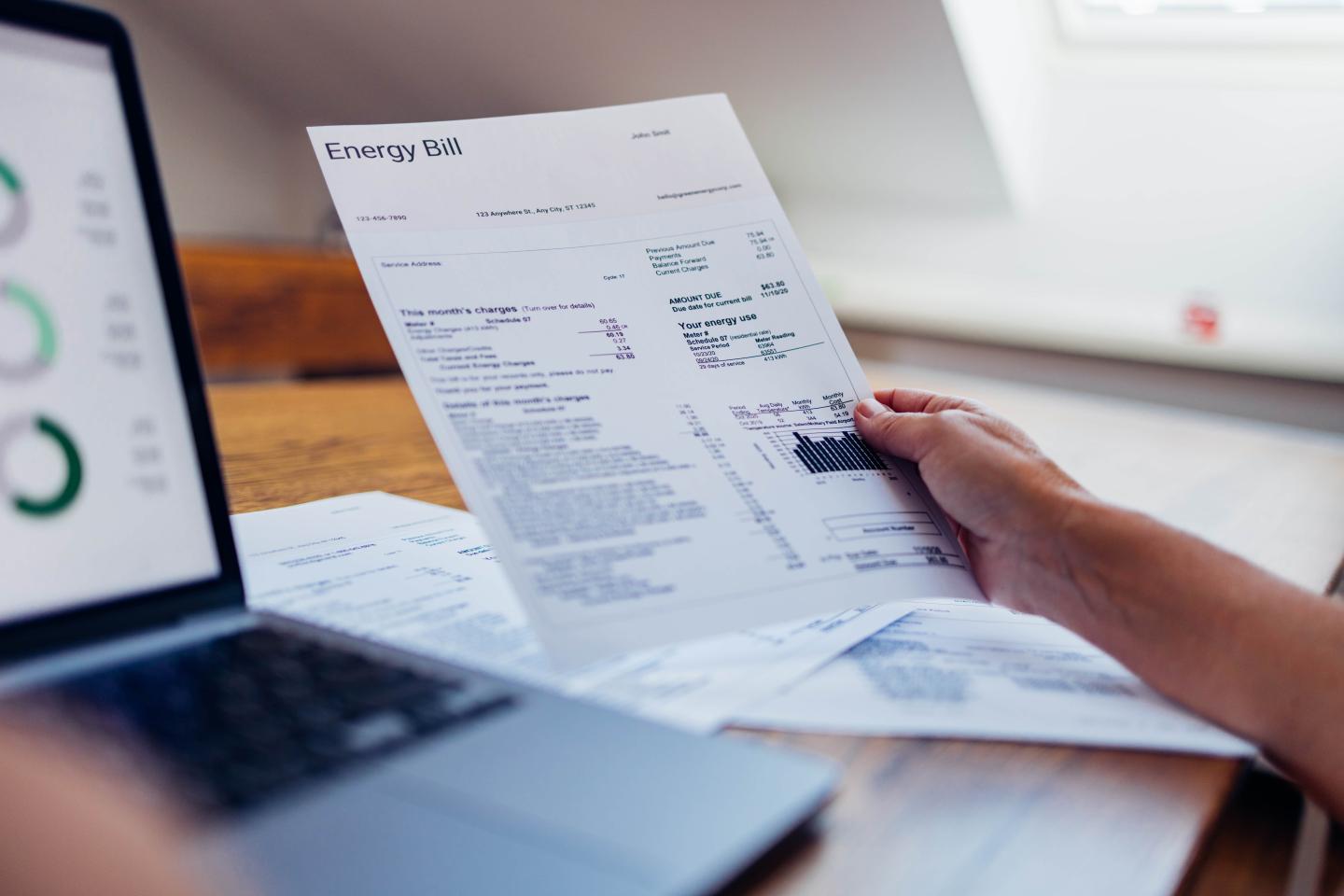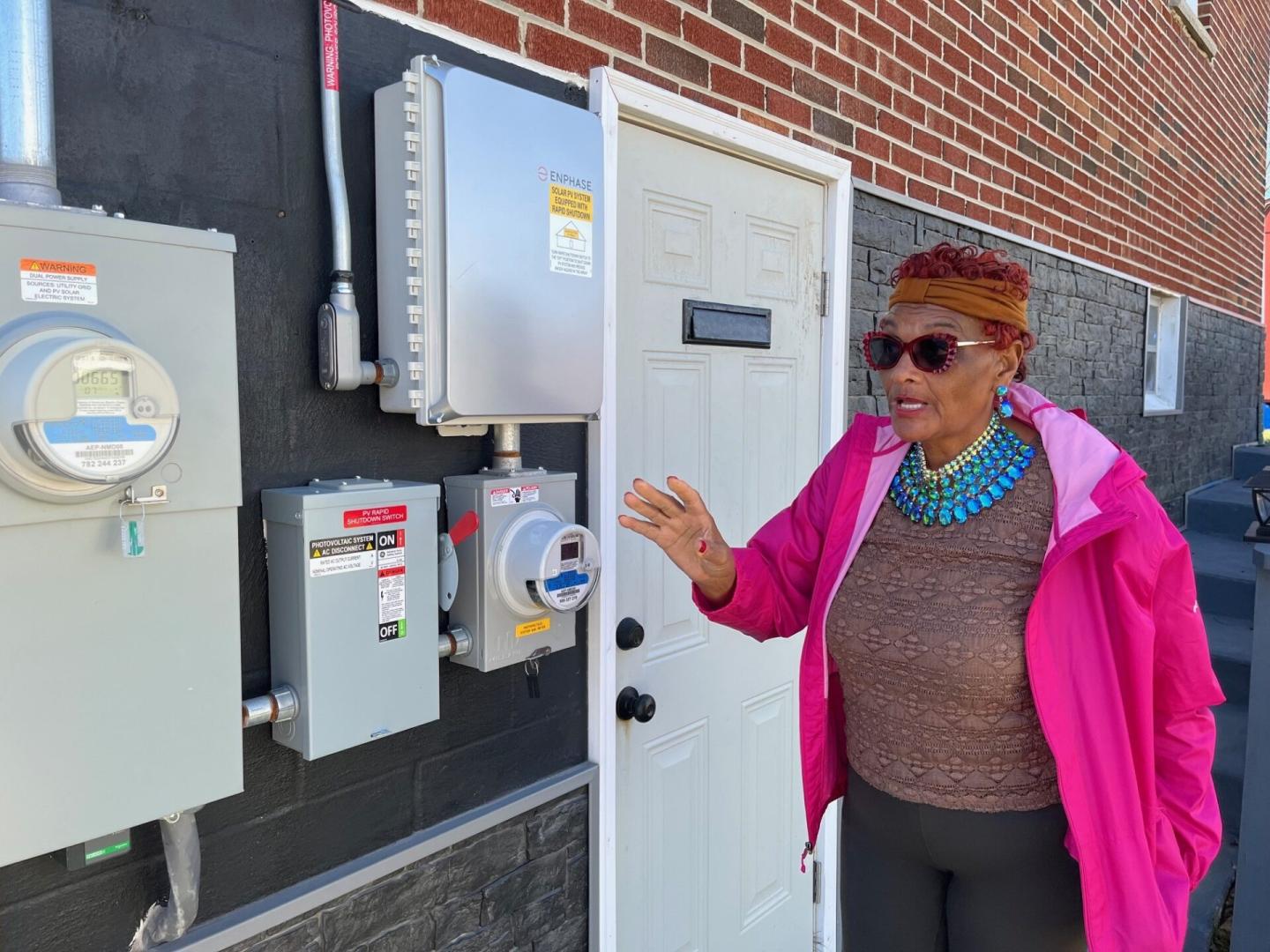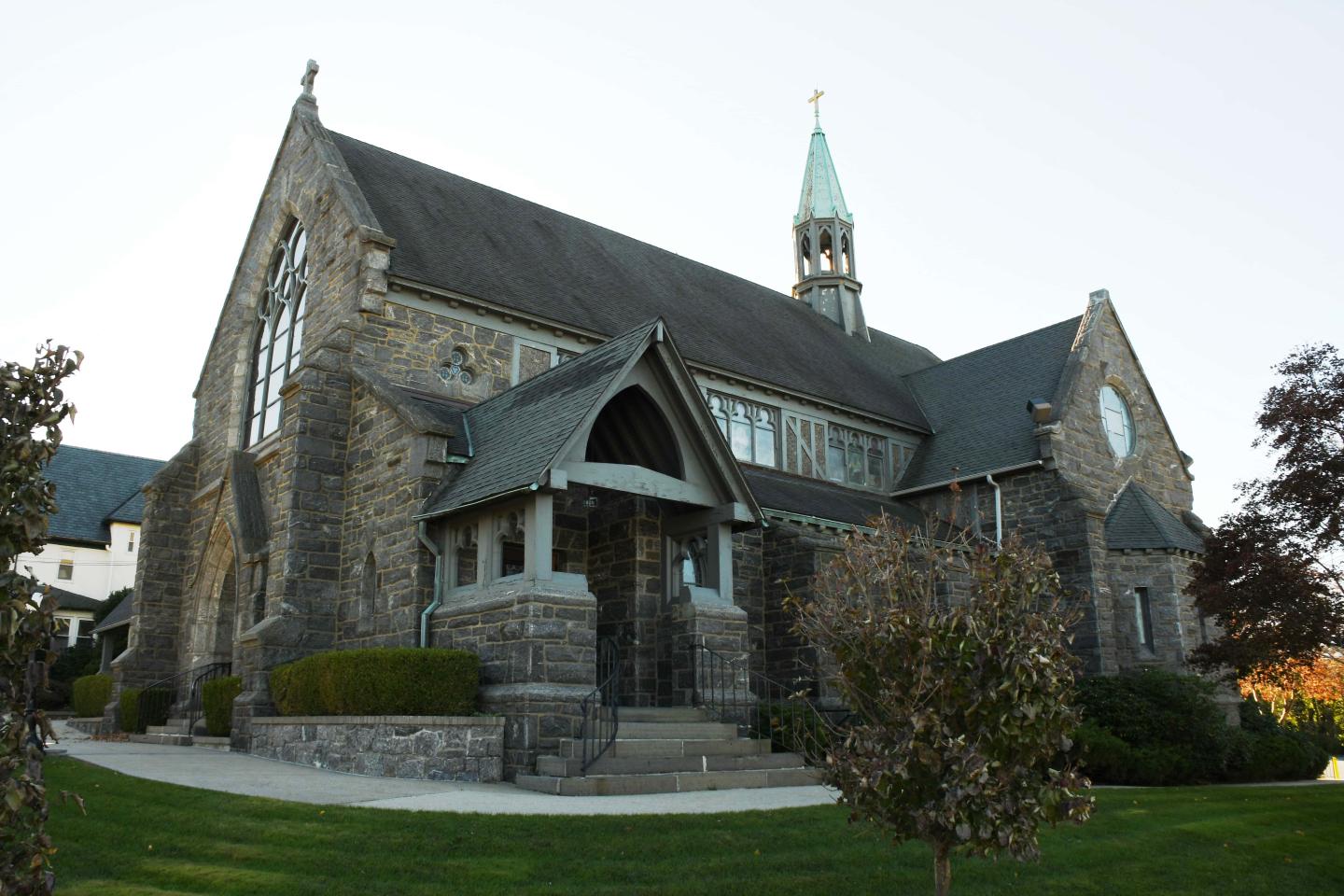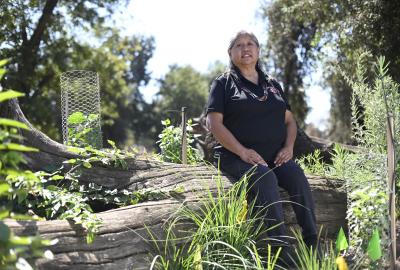Saving with solar: How a veteran, a retiree and a church each reduced their electric bills by more than $1,000 a year
If you’ve noticed your electric bill has shot up in the last few years, you’re not alone. Average electricity prices in the U.S. are rising faster than inflation.

But not everyone is feeling the pinch. Across the country, homeowners, renters, schools, religious institutions and others have found they can save a bundle of cash with solar power. In fact, one recent study found that having rooftop solar panels saved the large majority of owners money, with half saving $691 or more a year on their energy costs.
Here’s another cost-saving benefit: Solar energy also offers relief from the fossil fuel pollution that is a major cause of those high electric bills. Heat-trapping climate pollution from fossil fuels helps prolong and intensify heat waves, wildfires and storms, which can require more cooling overall and can disrupt and damage the electric system.
Despite the Trump administration’s promise to cut Americans’ electric bills in half, budget legislation in Congress and federal tariffs could up the cost of this clean, money-saving option. While solar will likely still be less expensive than power from the grid, it won’t offer consumers the opportunity to save as big.
We talked to some people who are glad they made the choice to switch to solar — and want others to see the benefits, too.
“God’s sun is out every day. Even if it’s cloudy, it still generates.”
Name: Mary West
Occupation: Military veteran
Location: Beckley, West Virginia
Type of solar power: Leased home solar system
Savings: $1,200 - $1,800 a year
Mary West had an issue with her electric bill. “It was going up every time I turned around,” the military veteran says.

West Virginia, where she lives, has some of the highest electricity rates in the nation, thanks to its reliance on dirty, expensive coal for 86% of its power.
West decided to take matters into her own hands with solar power. “Every day you get daylight from your Heavenly Father,” she explains.
But rather than purchase a system for her three-bedroom home, she opted for leasing. “That way, if something happens to the panels,” she says, “the company has to come out and repair them. You don’t have to go into your own pocket.” (Most panels and other solar equipment are covered by warrantees but the cost of labor to fix them is not included.)
Now, rather than paying her electric utility $200 or $250 a month, West pays only $14.82 to stay connected to the grid and $82 a month to Posigen, a provider of renewable energy and energy efficiency to underserved communities. The price is as low as it is, in part, because Posigen was able to take advantage of a 30% federal tax credit available for home and business solar systems that is now on the congressional chopping block.
West loves not just the savings but the predictable, stable bills that come with this lease. Her costs will go up only 1.9% a year over the 25-year leasing period. After that, she can buy the system, renew the lease or ask to have the panels removed.
“A lot of people think this is too good to be true,” West says, with some satisfaction. “I thank the Lord.”
Environmental news that matters, straight to your inbox
“The rates just kept going up and there was really nothing you could do about it.”
Name: Virginia Lewey
Occupation: Retiree
Location: Near Wickenburg, Arizona
Type of solar power: Purchased home solar system
Savings: $1,800 a year
Virginia Lewey was in it for the money.
Yes, she cares about the environment — very much — and does everything she can to save energy, including hanging her laundry on a line at her home in the Arizona desert. But what prompted her to purchase a solar system in 2023 was her impending retirement. “I was looking at moving from a working life with a steady salary into becoming a fixed-income person,” she says. “I wanted to kind of prepay at a lower price for the next 20 years.” (Solar panels generally produce electricity for at least 20 to 30 years. Some can last as long as four decades.)
Lewey also wanted to be able to be able to take full advantage of the now-threatened 30% federal tax credit for home and business solar installations while she still had enough income to receive it.
She bought the system for her home outright, after creating her own solar savings fund about five years prior. “I saved everything I could so I was able to pay for it upfront,” without financing, she says. “If you’re able to do that, it works out better.”
Now, in addition to advocating for making solar available to everyone who wants it by speaking with her elected officials, she’s saving about $1,800 a year on her electric costs. “It’s real money to me on Social Security,” she says. “It’s a lot of money.”
“This is an easier way into becoming part of sustainability.”
Name: The Church of Saint Dominic
Location: Oyster Bay, New York
Type of solar power: Community solar
Savings: $7,500 a year
Ed Wikstrom, the director of technology at the Roman Catholic Church of Saint Dominic in Oyster Bay, New York, was looking online for environmentally friendly ways to save money when he found out about community solar.

Currently available to renters, homeowners, community institutions and businesses in 44 states, community solar projects are offsite arrays that make many of solar power’s money-saving, pollution-cutting benefits available to people who can’t install solar on their homes or at their business.
The companies and organizations that develop these projects, some with now-at-risk federal tax credits, sell the electricity they produce to electric utilities. Participants, like St. Dom's, get credited on their electric bill for their share of the electricity the solar project sells. (Most community solar developers recruit monthly subscribers. But in some places, consumers actually buy a fraction of the solar array.)
The church has something of a sprawling footprint, with an elementary school and high school on its main campus and four or five buildings at its athletic fields about five miles away. “For us, it was great not to have the cost and complexity of putting solar panels on all those buildings,” Wikstrom says.
St. Dom’s community solar provider, PowerMarket, offers a 10% discount on the church’s electric supply charge — that is, the kilowatt hours they use. Over the last two years, participating in community solar has saved the church about $15,000.
“Of course, that money we put back into our programs,” says Wikstrom, who uses community solar at home as well.
The late Pope Francis called on Catholics and “every living person on this planet” to protect the world we all share. “Everything we do,” Wikstrom says of the church’s participation in community solar, “aligns with our mission as a school and our mission as a Catholic institution.”
Learn more
Considering solar? The consumer advisory group EnergySage offers free and unbiased consultations that can help you decide what kind of solar works best for you and which providers are best equipped to offer what you need.


